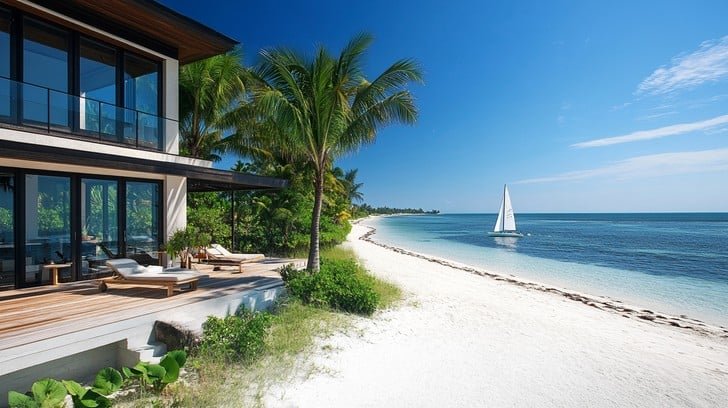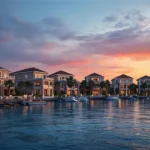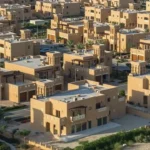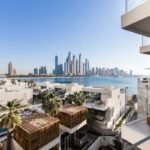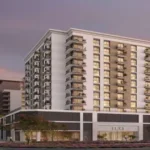Now Reading: Abu Dhabi Mega Projects: Upcoming Real Estate Landmarks & Pipeline
-
01
Abu Dhabi Mega Projects: Upcoming Real Estate Landmarks & Pipeline
Abu Dhabi Mega Projects: Upcoming Real Estate Landmarks & Pipeline
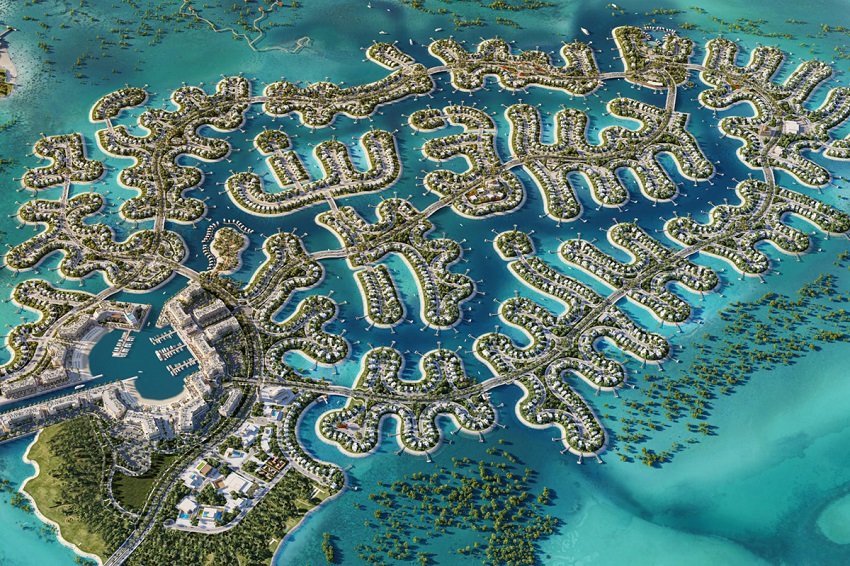
Abu Dhabi mega projects are rapidly changing the face of the emirate, with groundbreaking developments promising luxury, sustainability, and vibrant community living. These large-scale real estate ventures are not just about impressive buildings-they are about creating new lifestyles, enhancing infrastructure, and shaping the future of urban life in the UAE capital.
In this article, we’ll explore some of the most significant upcoming mega projects in Abu Dhabi’s real estate pipeline, what they offer, their impact, and what residents, investors, and the broader community can expect.
What Defines a Mega Project in Abu Dhabi
Abu Dhabi mega projects refer to large scale developments—often with mixed uses like residential, commercial, cultural, hospitality, and public spaces—that span vast land areas and require long-term planning. Key traits include:
- Massive plots of land or island developments
- High investment values (often billions of Dirhams)
- Integrated amenities and infrastructure (transport, schools, parks)
- A mix of uses to ensure the development is livable, not just ornamental
These projects often tie into Abu Dhabi’s broader strategic visions (e.g. Vision 2030), sustainability goals, cultural growth, and boosting the real estate sector.
Key Mega Projects Coming Up in Abu Dhabi
Zayed City (Abu Dhabi Capital District)
Zayed City, formerly called the Abu Dhabi Capital District, is set to be one of the most transformative urban mega projects in Abu Dhabi. Spanning about 4,900 hectares, it lies between Mohammed Bin Zayed City and Abu Dhabi International Airport. The plan is to create a “second downtown” to house over 370,000 residents.
Key features include integrated transport systems, including metro and high-speed rail connections, mixed-use development with residential, government offices, and commercial zones, and urban planning that supports sustainable growth.
For investors, this means huge potential as infrastructure comes online and demand rises in peripheral areas.
Hudayriyat Island
Hudayriyat Island is among the most eagerly watched upcoming developments. Covering around 51 million square meters, the project adds 53.5 km of coastline to Abu Dhabi, including 16 km of new beaches.
What makes Hudayriyat especially interesting are its multiple residential communities catering to various income segments, leisure and sport amenities like Surf Abu Dhabi, Velodrome Abu Dhabi, and equestrian, cycling, and waterfront facilities, along with huge potential for beachfront living and eco-conscious development.
The first phase infrastructure is underway, which tends to be a trigger for property value growth in and around such areas.
Jubail Island
Situated between Saadiyat Island and Yas Island, Jubail Island is a Dh10 billion development with a strong focus on environmental preservation along with luxury real estate.
Key points include residential village estates, villa communities, and low-density housing designed for premium lifestyle. The island will also feature office space, retail space, beach clubs, marinas, and amenities to support a full-service lifestyle. Another important highlight is the environmental focus: preserving mangrove reserves and planting a large number of mangrove trees.
This mix of luxury, nature, and lifestyle is designed to attract both locals and international investors who want something more than just concrete and towers.
Ramhan Island
Ramhan Island is a luxury island development by Eagle Hills, aimed at high-net-worth buyers looking for ultra-premium waterfront living.
It will feature standalone villas, marina residences, luxury hotel keys, and serviced residences. The community will offer private beaches, scenic bays, sea views, and high-end amenities including fine dining, schools, and waterfront promenades.
Its location is strategic: near Yas Island, Saadiyat, and not too far from Abu Dhabi’s mainland. This is tailor-made for those seeking exclusivity, privacy, and premium lifestyle in a serene environment.
Natural History Museum Abu Dhabi
While not strictly residential, the Natural History Museum Abu Dhabi is a key project in the cultural district that influences nearby real estate demand. Scheduled for completion by late 2025, this museum will span 35,000 square meters and is part of the broader Saadiyat Island Cultural District.
Cultural landmarks often drive property demand in nearby areas thanks to accessibility, prestige, and tourism. Residents often want to live near cultural hubs for lifestyle value, while retail, hospitality, and residential segments around Saadiyat are likely to benefit.
How These Projects Influence the Real Estate Market
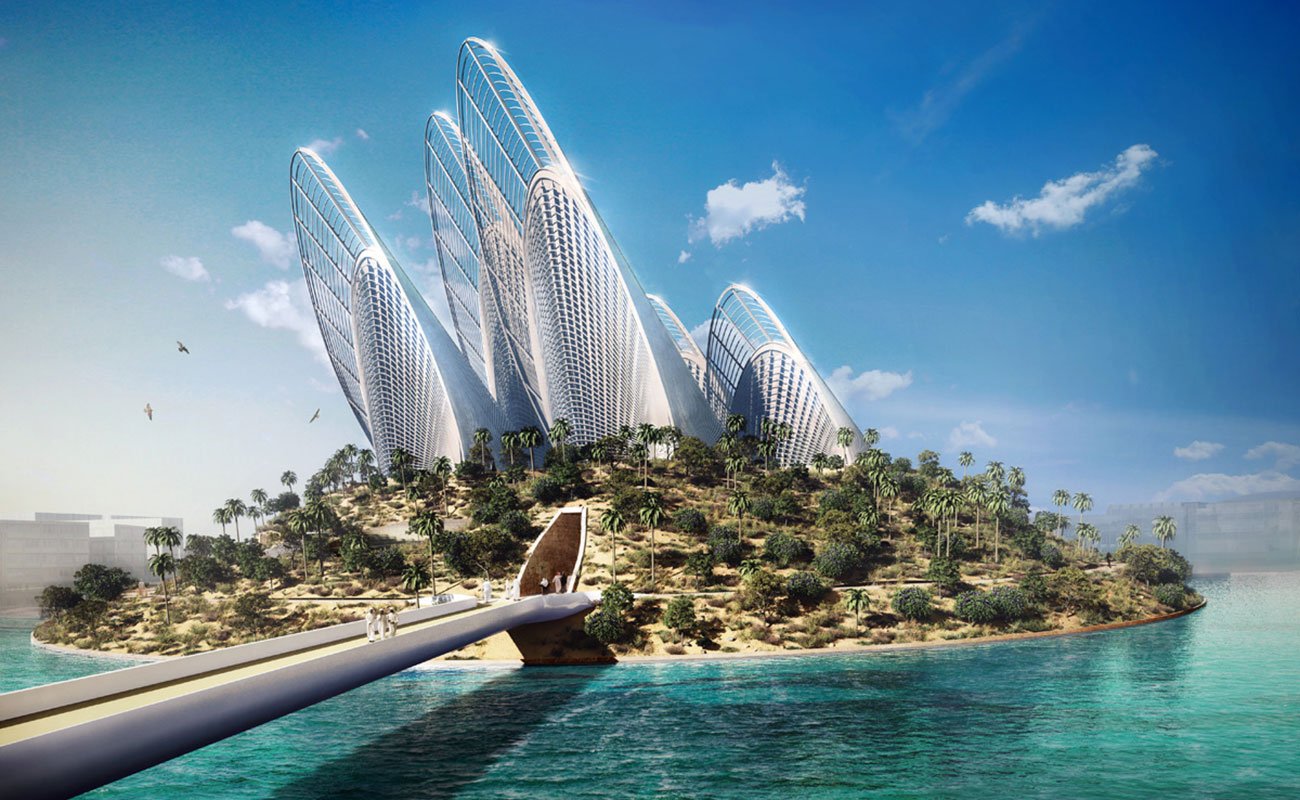
These mega projects are not standalone-they often set off a chain reaction of growth, demand, infrastructure upgrades, and investment. Here are several ways they are influencing Abu Dhabi’s real estate pipeline.
Rising Property Values in Adjacent Areas
Projects like Hudayriyat, Jubail, Ramhan, and Zayed City are pushing up property values in neighbouring districts. When new amenities, green spaces, beaches, and transportation infrastructure are introduced, people want to be nearby, and demand often outpaces new supply in early phases.
Infrastructure Boost
Mega projects mean new roads, better utilities, more schools, and public services. For example, with Zayed City, the planned transport connections increase desirability in the wider region. Areas that were previously considered “far out” become more accessible.
Diversified Housing Options
Because these projects aim to serve different segments—luxury villas, mid-range apartments, branded residences, eco-friendly housing—there is a broader spread of product types. This helps the market become more balanced, allowing people with different budgets to participate.
Lifestyle and Community Amenities
Waterfronts, beaches, parks, culture, entertainment, and lifestyle services like shops, restaurants, and marinas are central to many of these projects. Such lifestyle amenities are a big pull for both residents and investors.
Sustainability and Environmental Themes
Preserving mangroves in Jubail, eco-friendly infrastructure in Hudayriyat, green building, and coastal protection are becoming core parts of major developments. This reflects both government policy and buyer preference for sustainable living.
Risks and Challenges
While the pipeline is impressive, these mega projects carry risks and considerations. Delivery delays, cost escalations, fluctuating market demand, environmental concerns, and connectivity issues are all factors that need careful management.
Governments and developers are working to address these through phased planning, sustainable practices, and integration of modern infrastructure.
What It Means for Investors and Homebuyers
For those looking to invest or buy in Abu Dhabi, these projects offer early entry opportunities, better pricing before value appreciation kicks in, and a wide variety of property options. Investors can choose between luxury villas, waterfront residences, and branded apartments.
As Abu Dhabi pushes forward with its vision and infrastructure, properties in planned mega-zones are likely to see good appreciation. Families also benefit from quality living environments with beaches, cultural venues, and strong community amenities.
Still, buyers should conduct due diligence—check developer reputation, projected infrastructure timelines, regulatory approvals, and compare cost versus expected returns.
Looking Ahead
The Abu Dhabi mega projects pipeline is not just about construction; it’s about shaping the emirate’s future. Some trends to watch include the integration of smart city technologies and digital infrastructure, greater emphasis on sustainability and net zero goals, and mixed-use master planning where living, working, and leisure are seamlessly integrated.
Cultural districts are becoming more central to residential desirability, while connectivity through transport and airports remains a key differentiator.
Conclusion
Abu Dhabi mega projects are redefining what’s possible in the emirate: expansive new districts, luxury waterfront islands, cultural institutions, and infrastructure investments all combine to create a real estate landscape with huge potential.
For investors, homebuyers, property developers, and urban planners, these projects offer opportunity-but also require careful planning and wise decision-making. Abu Dhabi is constructing more than buildings; it’s building the foundation for its next chapter.
Follow us on: Instagram
Read More:Revitalizing Old Souqs: Real Estate Meets Heritage in Dubai & Sharjah




